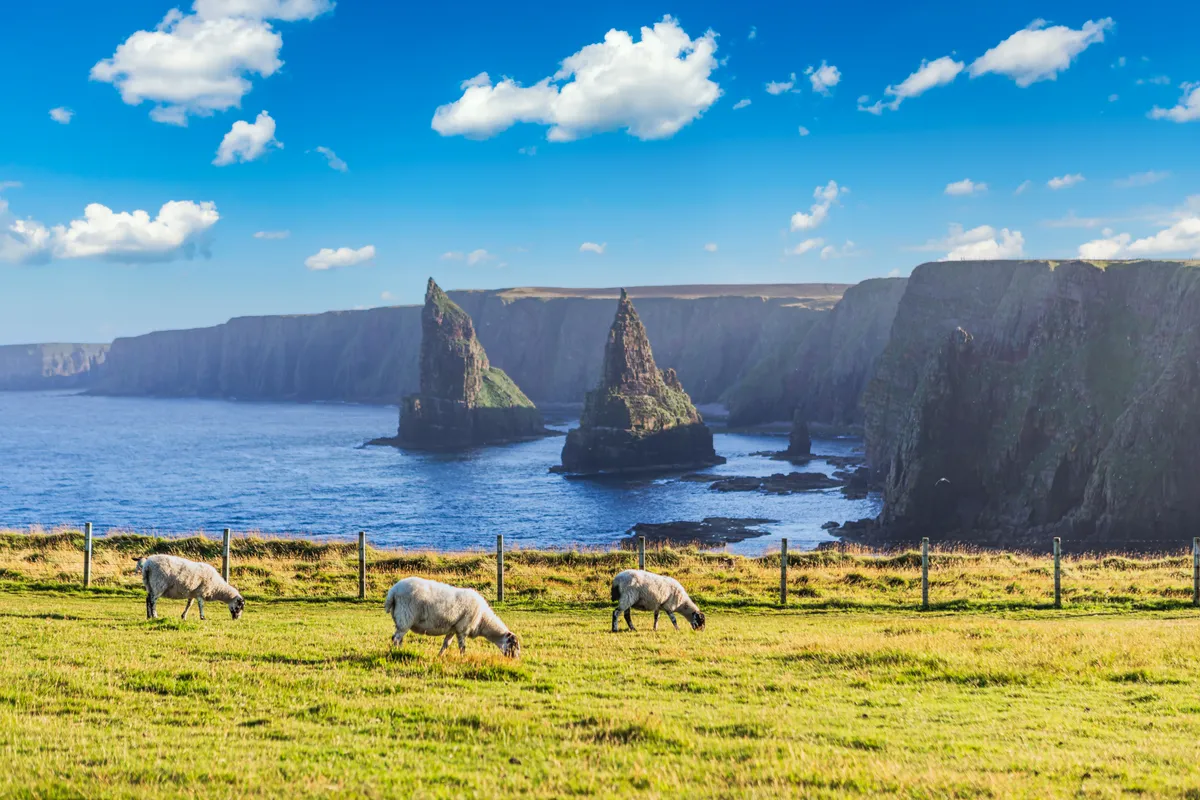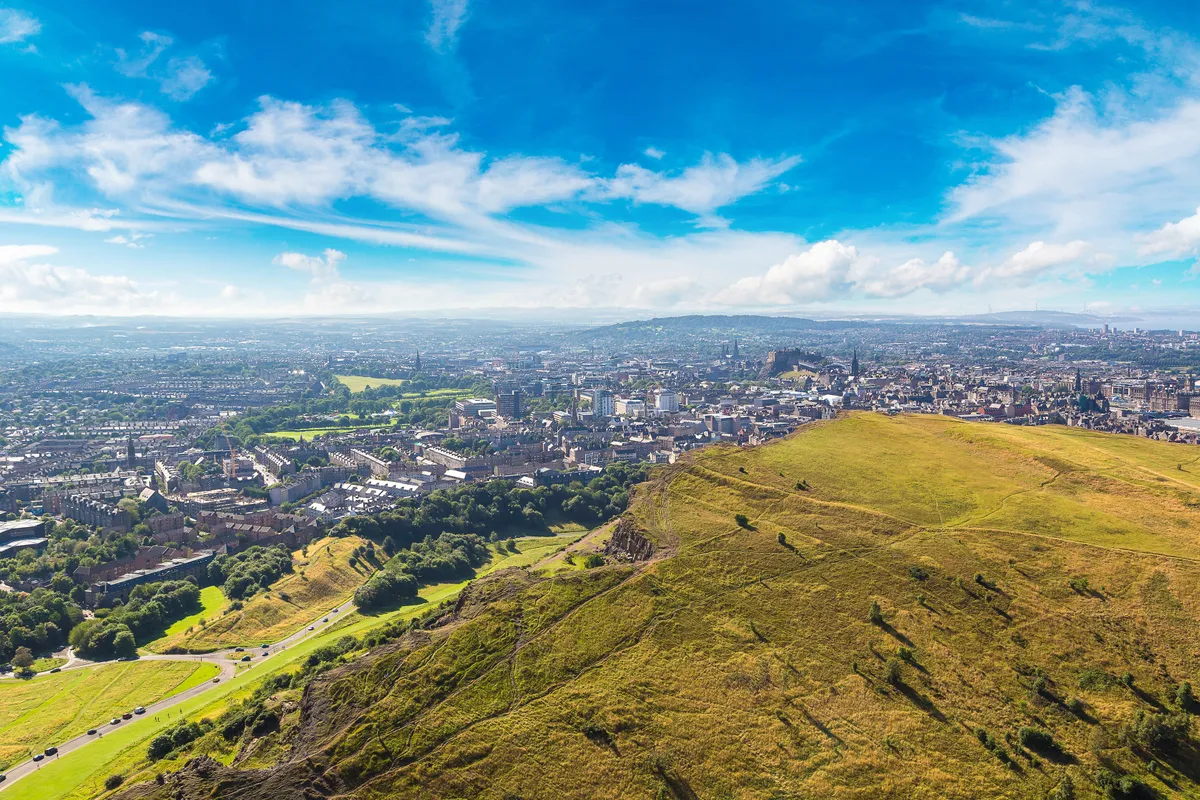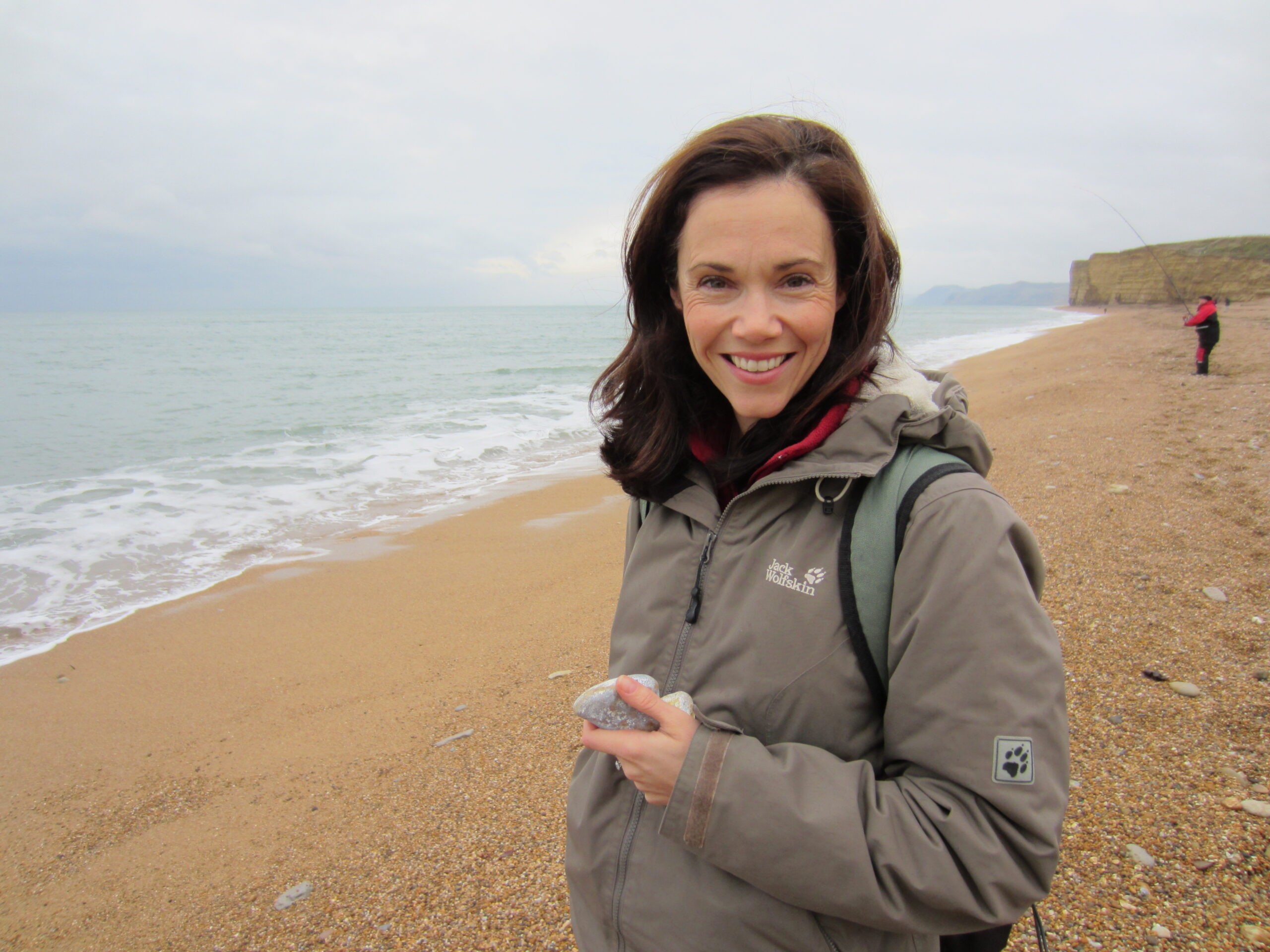The best thing about visiting Edinburgh is having a hill quite literally on the doorstep. Arthur’s Seat, situated just a stone’s throw from the city centre in Holyrood Park, is the remains of an ancient volcano and, at 250m high, it dominates the city’s skyline.
Viewed from the east, its shape resembles a giant sleeping lion with the peak forming the Lion’s Head and an adjoining part of the old volcano forming the Lion’s Haunch. The wild and rugged terrain offers some surprisingly varied walking and a place of real solace away from the hubbub of city life.
Arthur’s Seat is known for its outstanding natural beauty and huge cultural significance. Over 200 years ago, its rocks and landscape helped James Hutton to develop his revolutionary ideas of how the Earth works – ideas that laid the foundation for the modern science of geology.
Looking for more outdoor inspiration? Check out our guides to easy mountains for beginners, great city walks and Britain's best hill walks.
Scotland's best walks
Explore the Highlands, Scottish Isles, Borders and more with our guide on the best walks in Scotland. Whether you're looking for long-distance Highland hikes, coastal treks or short river walks and loch-side strolls we have walking routes for all abilities.

Arthur's Seat volcano
A walk to the summit, taking in the neighbouring features of Salisbury Crags, Whinny Hill and Hunters’ Bog, reveals a dramatic history of explosive volcanic eruptions and scouring by ice sheets.
The rocks of central Edinburgh show us that this part of Scotland was once a tranquil tropical shoreline. 350 million years ago, that calm setting was shattered by violent volcanic eruptions.

Arthur’s Seat is the best preserved remains of one of those ancient volcanoes. It spewed out clouds of ash and molten lava flows, which cooled to form hard, durable layers of basalt rock. Since then, a long history of burial, mountain building, tilting and erosion has shaped and preserved the inner workings of this long-extinct volcano.
There are also signs of human occupation, with the remains of an Iron Age fort and terraced farming visible on its eastern flank.
Britain's most amazing extinct volcanoes
It has been around 60 million years since there was an active volcano in the UK, but remnants of these explosive landforms can be found throughout the countryside. From Snowdon and Ben Nevis to the Borrowdale hills, here is our guide to Britain's most impressive extinct volcanoes.

Arthur's Seat walk
Arthur’s Seat can be climbed from almost any direction but one of the best routes begins from Dynamic Earth, the visitor attraction on the north side. Cross Queen’s Drive and follow the well-marked path up past the ruins of St Anthony’s Chapel, keeping Whinny Hill to your left. The walk up takes no longer than an hour but becomes increasingly rough and slippery towards the top.

Arthur's Seat view
As you reach the summit, the views across Edinburgh and beyond are a treat and are particularly good in the afternoon, when the sun sets behind the Old Town and castle of a city lucky enough to have a volcano at its heart.
